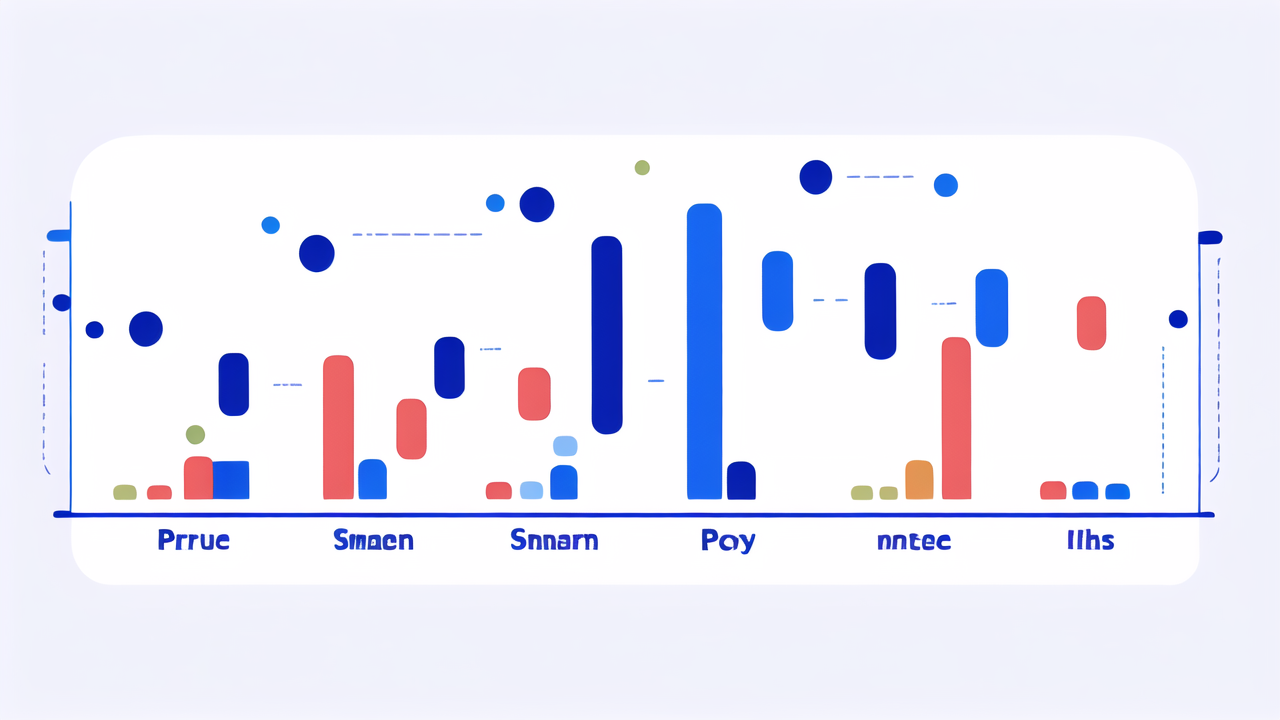The Evolution of the Smart Watch: A Look at Market Leaders
Historical milestones of smart watch technology
Smart watches have come a long way since their early days. The journey began with simple digital watches in the 1970s. These could only tell time and do basic math.

In the 1980s, watches started to store data. Seiko's Data 2000 watch, from 1983, could store 2,000 characters.
The 1990s saw the first watches that could run apps. IBM and Citizen made this possible. It was a big step towards modern smart watches.
The real technology smart watch era started in the 2010s. Pebble launched its first smart watch on Kickstarter in 2012. It was a huge hit and opened the door for bigger companies.
In 2014, Apple released its first Apple Watch. This was a turning point. It set new standards for design and health features.
Since then, smart watches have grown quickly. They now have advanced body measurement trackers and audio monitoring. These features have made them essential for health and fitness enthusiasts.
Factors influencing market leadership in smart watches
Several key factors decide which smart watches lead the market. These include:
- Body measurement accuracy: Precise tracking of steps, calories, and other metrics is crucial.
- Audio monitoring: Advanced features for voice commands and noise detection are important.
- Brand reputation: Well-known tech brands often do well in the smart watch market.
- Battery life: Longer battery life is very important to many buyers.
- Design: A good-looking watch can stand out from others.
- Compatibility: Watches that work with many smartphones are more popular.
- Price: The cost of a smart watch affects its success in the market.
- Ease of use: A watch that's easy to use makes customers happy.
- App selection: Having many health and fitness apps available makes a watch more useful.
- Customer support: Good service after purchase can build customer loyalty.
Watches that do well in many of these areas often become market leaders. Brands need to balance these factors to succeed.
Current Market Dynamics: Top Smart Watches in the United States
Analyzing market share and consumer preferences
The US smart watch market is very competitive. Apple is the clear leader. They hold more than half of the market share.

Samsung is in second place. They have about 20% of the market. Other important brands include Fitbit, Garmin, and Fossil.
US consumers want different things from their smart watches. Many care most about body measurement tracking. Audio monitoring is also a key feature for many buyers.
Some key things consumers look for are:
- Advanced body measurements: Features like heart rate and sleep tracking are very popular.
- Audio monitoring: People want accurate voice recognition and ambient noise detection.
- Health monitoring: Features that track overall wellness are in demand.
- Long battery life: This is a big factor for many smart watch users.
- Smartphone connection: The watch should work well with their phone for calls and messages.
- Style: Many want a watch that looks good during workouts and everyday wear.
- Price: Some buy expensive watches, but others look for good value in smart watches.
- Data accuracy: Users want reliable fitness and health data for their goals.
These preferences shape which smart watches become popular in the US market.
Key players and their unique selling propositions
Several brands stand out in the US smart watch market. Each has something special to offer:
- Apple: Known for accurate body measurements and advanced audio monitoring.
- Samsung: Offers many models with detailed health tracking and voice control.
- Fitbit: Focuses on comprehensive fitness tracking and long battery life.
- Garmin: Popular with athletes for its advanced sports features and rugged design.
- Fossil: Combines traditional watch design with smart features.
Apple's strength is its ecosystem and health tracking. Its features like Siri set it apart.
Samsung offers versatility with its Galaxy Watch series. It works well with various apps.
Fitbit is great for body measurement tracking. It appeals to health-conscious users.
Garmin targets sports lovers with tough designs and advanced metrics. Athletes love it.
Fossil brings fashion to smart watches. It's for people who want smart features in a classic design.
Each brand finds its own space in the market, meeting different user needs and wants.
Future Projections: Trends and Innovations
Anticipating changes in consumer behavior
The smart watch market is changing fast. New tech and changing needs are driving this. Here are some trends we might see:

- More focus on body measurements: People want even more detailed health data.
- Advanced audio monitoring: Watches might offer better voice control and noise cancellation.
- Mental health tracking: Watches might use voice analysis to detect stress levels.
- Longer battery life: As we use watches more, we'll want them to last longer.
- Standalone devices: More people might want watches that work without phones.
- Personalized insights: Users may want more detailed analysis of their health data.
- Privacy concerns: As watches collect more data, privacy will be more important.
- Integration with smart homes: Watches might control more home devices through voice.
These trends will likely change how people choose and use smart watches in the future.
The role of technology in shaping future smart watches
Technology will play a big role in how smart watches evolve. Here are some tech advances that could shape future watches:
- Better body sensors: More accurate sensors will improve health measurements.
- Advanced audio tech: New ways to process voice and ambient sounds more clearly.
- Artificial Intelligence: AI could provide more personalized health and lifestyle insights.
- 5G connectivity: Faster internet could enable real-time health data analysis.
- Flexible screens: Bendable displays could lead to new watch designs.
- Improved batteries: New battery tech could make watches last much longer.
- Better voice control: Improved voice recognition could make watches easier to use.
- Non-invasive health tests: Watches might measure more health markers without blood tests.
- Advanced security: New ways to protect voice and health data could make watches more secure.
- Augmented Reality: AR could add new features for visualizing health data.
These technologies could turn smart watches into essential devices for managing our health and daily lives.




Leave a comment
This site is protected by hCaptcha and the hCaptcha Privacy Policy and Terms of Service apply.